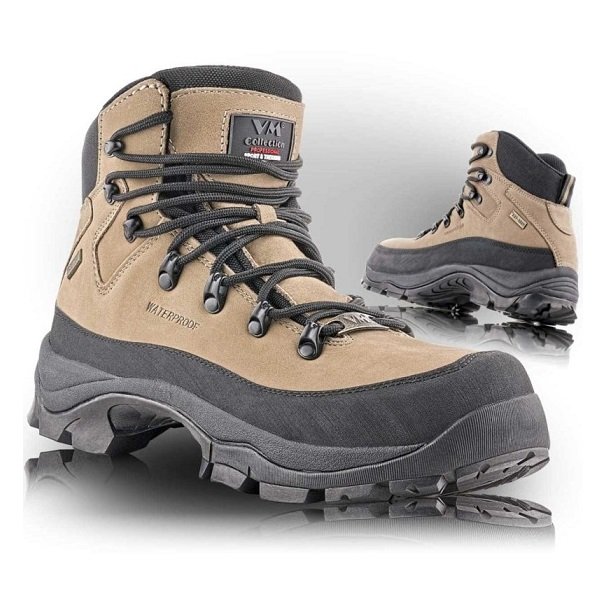How to choose outdoor shoes?

Are you going on a hike, nature is calling you, but you already know that you will feel discomfort with every step? Maybe your shoe box doesn't have the right hiking shoes. Well-chosen outdoor shoes can not only make your entire trip more pleasant, protect your feet from the pitfalls of the terrain, but also prevent future injuries.
But how to choose the right footwear that will support you even in the most demanding conditions? In this article, we will focus on important aspects that should be taken into account when choosing outdoor shoes.
Purpose and environment
Before you buy outdoor shoes, it is important to clarify in what environment and for what activities you will use them. There is a difference between shoes for easy walks in the woods and shoes designed for demanding mountain hikes.
Ideal for light walks or day trips, lightweight hiking boots are light and flexible but offer less protection. For longer hikes with a backpack, medium-weight shoes are more suitable, which ensure greater stability and durability. For demanding terrain and multi-day hikes in the mountains, the best choice is heavy hiking boots that are robust and provide maximum support for your feet and ankles.
Shoe material
Leather is a classic outdoor shoe material that is very durable and provides good protection against moisture if properly cared for. But the skin adapts to the shape of the foot over a longer period of time. On the other hand, modern synthetic materials such as nylon or polyester are lighter and more breathable, but on the other hand they have a shorter lifespan and lower wear resistance. If you are planning outdoor activities in rainy or wet environments, footwear with a membrane such as Gore-Tex is a suitable choice. It is waterproof and breathable at the same time, which ensures that your feet stay dry even during long hikes in the rain.
The sole and its pattern
The sole is an essential element of outdoor footwear, as it ensures adhesion to the surface and stability in diverse terrain. For demanding terrains, the deep sole pattern is important, which improves grip on uneven and slippery surfaces such as mud or wet stones. In contrast, a softer rubber sole provides better grip on wet or icy terrain, but can wear out more quickly. For long and demanding hikes, a harder sole is suitable, which is more resistant to wear and better protects your feet from sharp stones and other obstacles.
Ankle support and comfort
Outdoor footwear should provide good support not only to the feet, but also to the ankles, especially when hiking in uneven terrain. Low shoes are suitable for light hiking and running, offering more freedom of movement, but less protection for the ankles. For more demanding terrains, it is better to choose medium-high or tall shoes that better protect your ankles and give them more stability. When choosing shoes, make sure that they fit well the first time you try them on and that they are spacious enough, because the feet can swell slightly due to heat and exertion.
Shoe weight
Shoe weight has a direct impact on your durability and comfort. Lighter shoes reduce fatigue, which you will appreciate especially during longer hikes. On the other hand, heavier footwear, while it may be less comfortable, provides better protection and is more durable.
The right size
The right size of outdoor shoes is absolutely essential. Already because of the aforementioned swelling during longer hikes. We therefore recommend trying on the shoes in the afternoon, when the feet are already slightly swollen. When testing, there should be a small space between the toes and the tip of the shoe, so that the toes do not press on you and have enough space even during difficult descents.
Choosing the right outdoor footwear is a matter that requires careful consideration of several factors. Quality footwear will ensure not only comfort, but also safety during your adventures.
If you are not sure about your choice, do not hesitate to contact us - we have a wide range of quality outdoor shoes.














